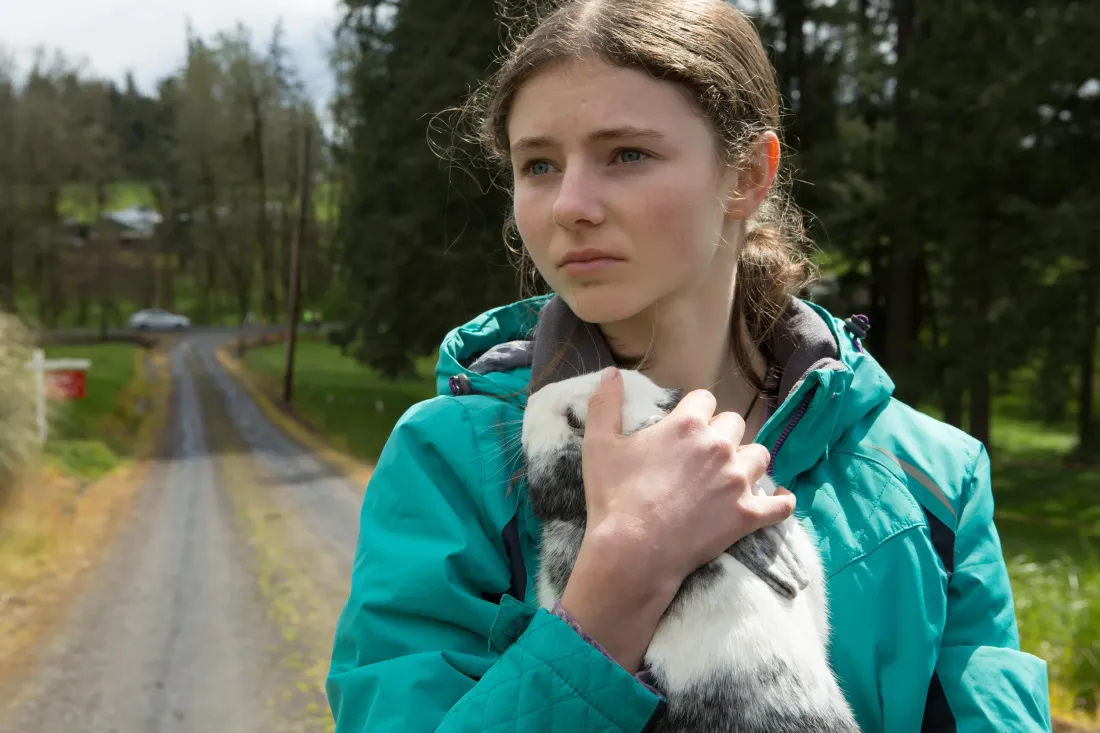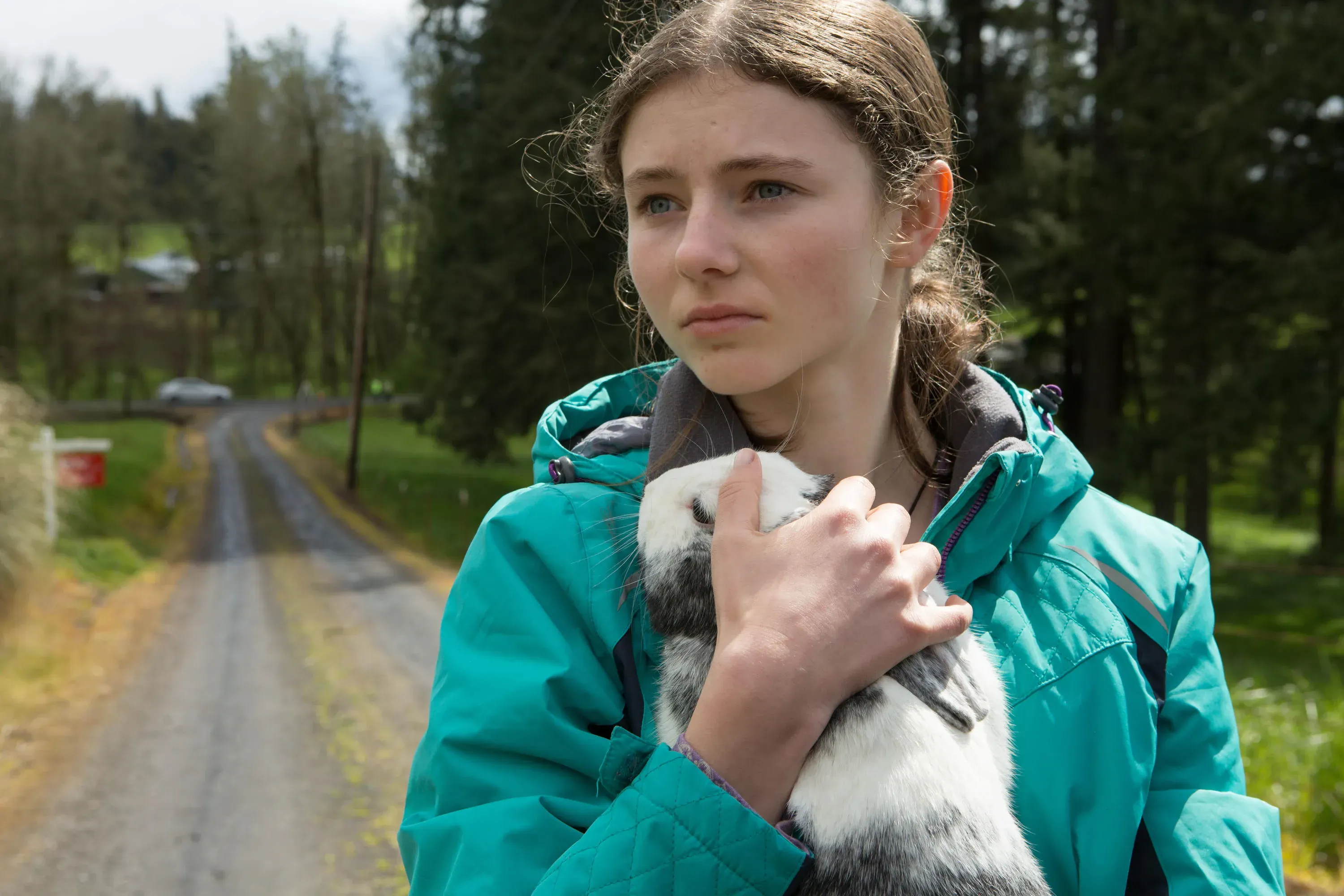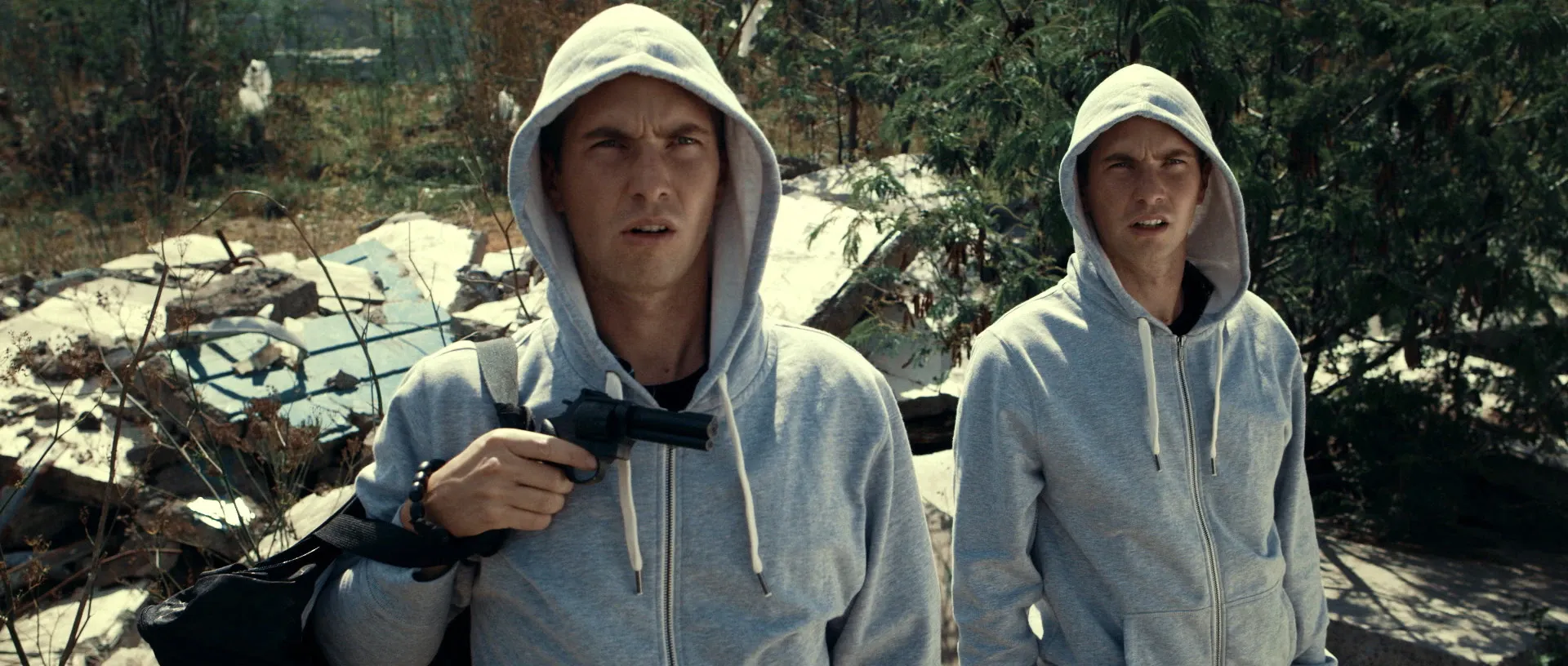Better infrastructure, fewer drugs


This year the New Zealand International Film Festival turns 50 this year at the same time director Bill Gosden hits his 40th anniversary. He spoke with James Littlewood about the current state-of-play in New Zealand film: what works, what doesn’t and what should.
50 years: congrats!
Yeah, I’ve only been around for 40 of those. It’s 50 years in Auckland … The first programme, I was shipping prints from Wellington to Auckland, that was the 11th Auckland film festival, now we’re up to 50.
Do people get nostalgic about film?
It’s quite interesting. With Moonrise Kingdom, director Wes Anderson let it be known that it was filmed on film, and that wherever possible he wanted it shown on film. And we showed it on film at The Civic, and we got complaints from younger members of the audience, because of that slight unsteadiness of the image, so accustomed to the merciless stability of the digital image that they obviously had no nostalgia for celluloid whatsoever.

Bill Gosden, NZIFF
What are some of the NZ films launched in the festival which you’re most proud of.
The list is huge. I’ll never forget the premiere of Mr Wrong, Gaylene Preston’s film. That just went through the roof. Up until that point Gaylene had made several very interesting documentaries but it was her first feature. She’d had no success at all in interesting any of the exhibitors in showing the film, and so that was a huge breakthrough, because that film went on to be released quite successfully.
How many NZ films are we looking at this year?
I haven’t counted. But the majority of them are documentaries [look for the kiwi icons in the programme online/Ed]. The features are Stray, which had its world premier in Moscow a few months back. And Mega Time Squad, which has its world premiere at Fantasia just a couple of days before it premieres in New Zealand.
There’s such diversity of ambition ... There are people out there who have a certain view of the world that they want to commit to screen, and obviously the Film Festival tends to be much more interested in that.
Is there more and more NZ film in the festival as time goes on?
Yes … I think that reflects the fact that the means are now accessible, and the economies of scale are such that people can make films that are pretty much intended for a New Zealand audience.
Films like Amanda Milla’s film about Celia Lashley, that’s a film that’s made assuming that its audience already knows who Celia Lashley is. She was an extraordinary advocate for the rights of women in prison … She was very widely admired, and that fact is reflected in the terrific ticket sales already in this film about her.
This kind of film making three decades ago would just be unthinkable, due to the funds you’d have had to raise. It’s similar with Shirley Horrocks’ film about Paul Callaghan.
How would you characterise the films you’re seeing from young New Zealand filmmakers these days?
It’s really diverse. Inevitably we see films from people who probably shouldn’t be making films, often supported by a wealthy family member, so inevitably there are people who have the resources but not necessarily the skills to make films. That’s the kind-of disappointing end of things.
But there’s such diversity of ambitions out there. There are people out there who have a certain view of the world that they want to commit to screen, and obviously the Film Festival tends to be much more interested in that kind of aspiring filmmaker.
At 22, I was in the business. I was working as a caretaker and theatre doorman ... what turned out to be the useful thing about that was seeing as many movies as I did; not so much the fishing cigarette butts out of the urinal.
Is arthouse cinema still alive?
There was a time when you had to have an opinion about the new Fassbinder film, when cinema really dominated the cultural conversation, in a way that is no longer true. So there’s certainly a high water mark there. On the occasion of the 50th it’s been interesting to go back through old programmes.
I’ll say. It’s amazing to see the return of things like Wings of Desire.
That film still looks and sounds quite extraordinary. People who’ve never seen that before, let alone on the huge screen in such a stunning copy as this new 4k restoration are in for quite a surprise.
We have an op-ed column called advice to your 22 year old self. What advice would you give your former self?
Take fewer drugs, probably. At 22, I was in the business. I was working as a caretaker and theatre doorman at the Octagon Theatre in Dunedin. So, what turned out to be the useful thing about that was seeing as many movies as I did; not so much the fishing the cigarette butts out of the urinal with the egg spoon.

Mega Time Squad, "Goofy mysticism to inspired action sequences", dir. Tim van Damnen
If you knew then what you know now, how would things have been different?
Of the set of circumstances I was provided with, I don’t see how they could be that much different. I went to Otago university before there any form of film studies there. I pretty much set up my own school of film studies by working in cinemas. And I also worked at the movies that Richard Wetherly used to run in the University Union, at Otago.
Are there any other New Zealand films that have premiered in Film Festival screening outside the main centres?
Yes, that does happen. In this year, we’ve got three films that will premier in Christchurch, plus Human Traces premiered in Christchurch because so much of it was shot in the Christchurch region. And the producers were very keen to have their world premier right on the doorstep of where the film had been made. And then it screened the next day in Auckland.
Magic wand, one wish, what impossible change would you wish for?
It would probably have to do with something that many people in New Zealand wish for, and that would be a kind of streamlined infrastructure of Auckland. That would make the CBD a much more inviting venue, because that’s where the film festival in Auckland is placed.
You’re talking about getting people off the couch and into the cinemas? I’ll put you down for further investment in the CRL.
Yeah. That’s right. Better infrastructure would be one thing that would make a big difference. Regardless, we still pulled over 100,000 in attendance at the festival in Auckland, but I think there’s potential for so much more, if it were easier for people to get there. At least, in the Civic we’ve got room to accommodate a great many more. There are two thousand seats in that place. And you can see it in Wellington just so much easier. Our attendance in Wellington last year hit 80,000, which is quite incredible.
The New Zealand International Film Festival by numbers:
50: years the NZIFF has been running
40: years Bill Gosden has been at the helm
171: feature films in NZIFF 2018
450: NZIFF 2018 screenings in Auckland, alone
90: % of NZIFF revenue dependent on ticket sales
25: % of NZIFF revenue returned directly to film makers
14: New Zealand cities which get an NZIFF all of their own (Auckland, Wellington, Christchurch, Nelson, Dunedin, Timaru, Gore, Palmerston North, Hamilton, Tauranga, Havelock North, Napier, New Plymouth and Masterton)
Lead image: NZ actor Thomasin Harcourt McKenzie in Leave No Trace